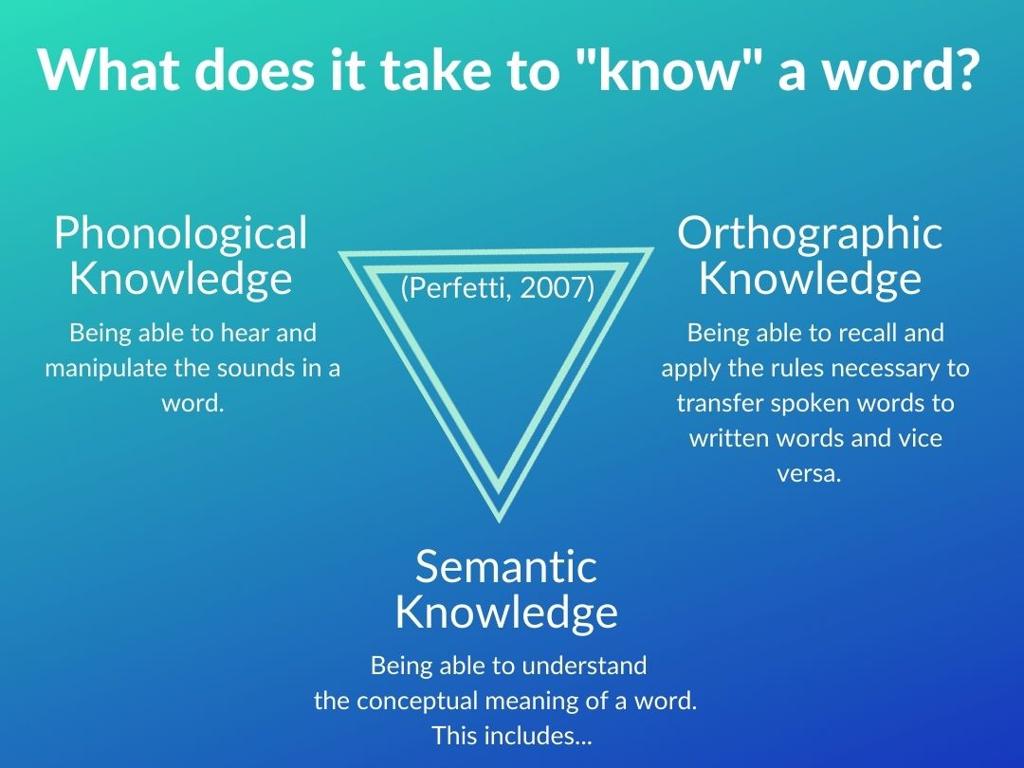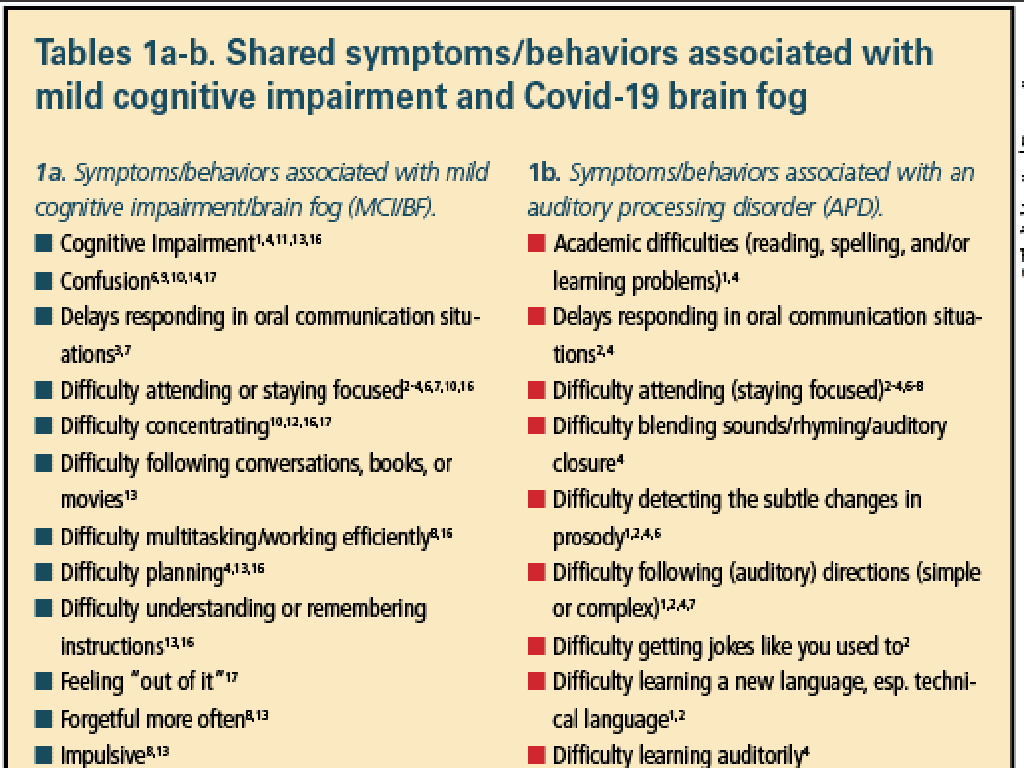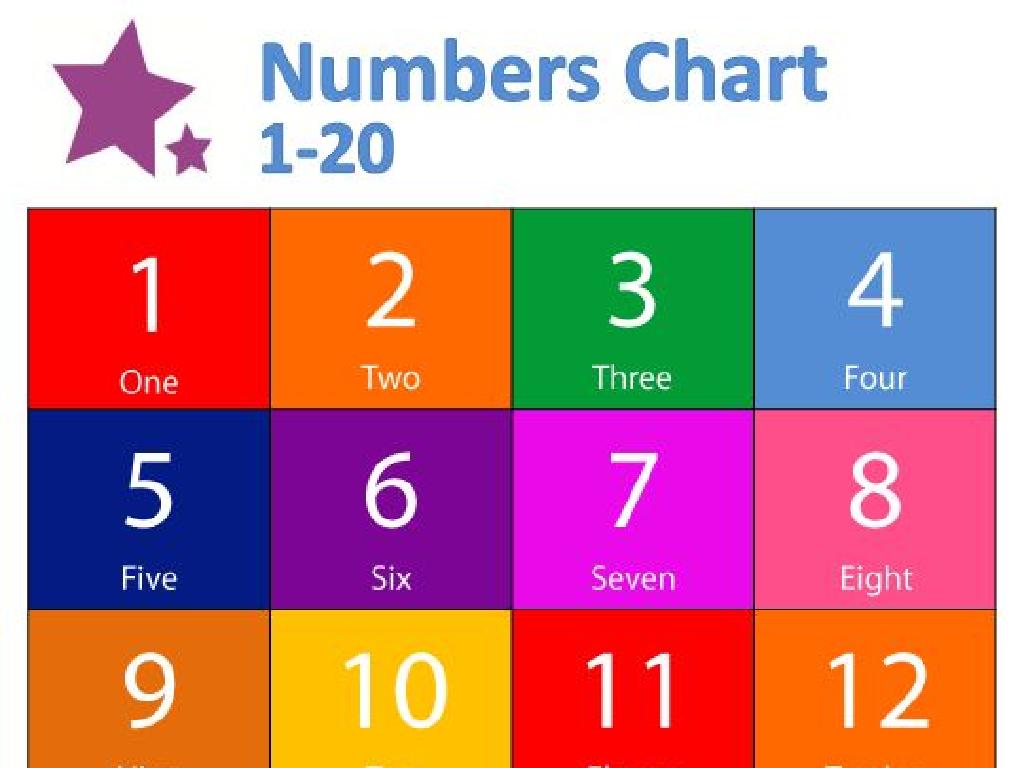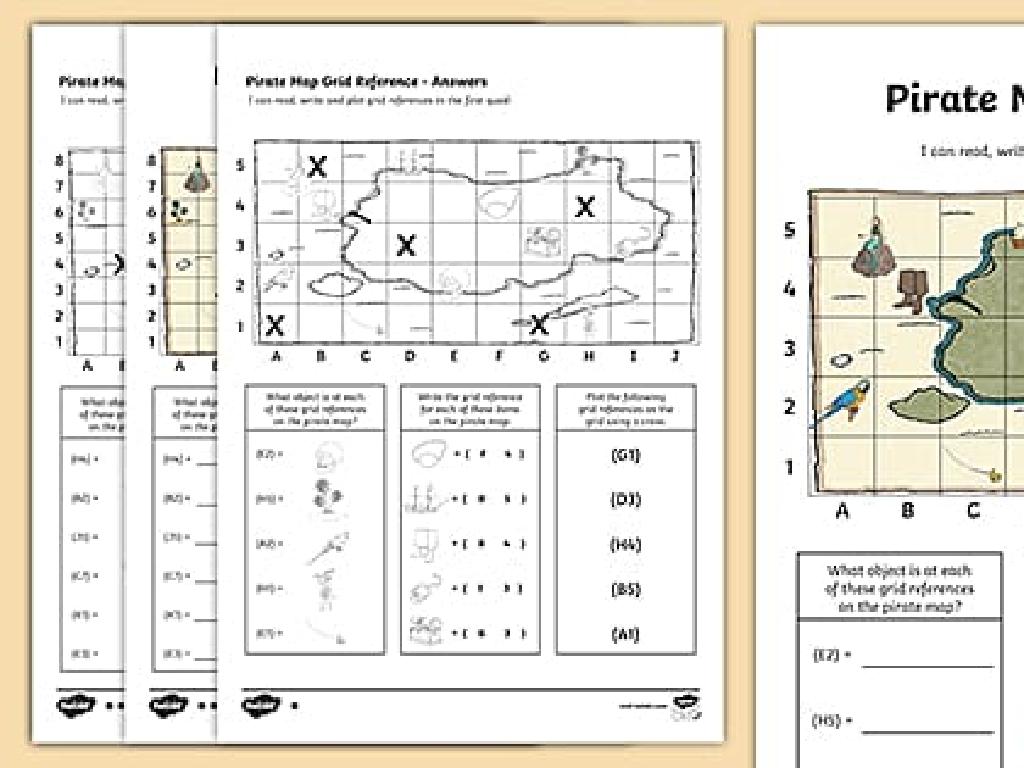Estimate Products Of Fractions And Whole Numbers
Subject: Math
Grade: Sixth grade
Topic: Multiply Fractions
Please LOG IN to download the presentation. Access is available to registered users only.
View More Content
Estimating Products of Fractions & Whole Numbers
– Why estimation is key
– Estimation helps check the reasonableness of answers.
– Estimation in daily life
– Used in cooking, shopping, and budgeting to make quick decisions.
– Steps to estimate with fractions
– Round fractions to 0, 1/2, or 1 and multiply by the whole number.
– Practice estimation skills
– Let’s estimate the product of 2/3 and 9.
|
This slide introduces the concept of estimation in multiplying fractions with whole numbers, emphasizing its practicality and usefulness in everyday situations. Estimation allows students to quickly determine if their answers are reasonable without needing exact calculations. It’s a skill that aids in making fast and efficient decisions, such as adjusting recipes while cooking or making purchases within a budget. Teach students to round fractions to the nearest whole or half for easier multiplication and apply this technique in various scenarios. Encourage them to practice with different examples to gain confidence in their estimation abilities.
Review: Understanding Fractions
– Recap: Numerator over Denominator
– Numerator: top number, Denominator: bottom number
– Fractions in daily life
– Pizza slices, water levels, and pie pieces
– Activity: Identify shaded fractions
– Look at shapes divided into parts, some shaded
– Discuss fraction relevance
|
Begin the class with a review of what a fraction is, emphasizing the parts of a fraction: the numerator (top number) and the denominator (bottom number). Provide relatable examples such as slices of pizza, water levels in a bottle, or pieces of pie to illustrate fractions in everyday life. Engage the students with a quick activity where they identify the fraction represented by shaded areas in various shapes. This will help reinforce their understanding of fractions and prepare them for estimating products of fractions and whole numbers. Encourage students to think about why fractions are important and how they apply to real-world scenarios.
Multiplying Whole Numbers by Fractions
– Steps to multiply fractions by whole numbers
– Multiply the whole number by the numerator, then divide by the denominator.
– Visual example with 3 x (1/2)
– If 3 is split into halves, how many halves do you have?
– Practice: Multiply 4 by (2/3)
– What is 4 times 2 thirds? Write your answer as a fraction.
|
This slide introduces the concept of multiplying whole numbers by fractions. Start by explaining the steps: multiply the whole number by the numerator of the fraction and then divide the result by the denominator. Use a visual example such as 3 x (1/2) to show that if you have 3 and you take half of it, you end up with 3 halves or 1 and a half (3/2). For the practice problem, guide students to multiply 4 by the numerator 2 to get 8, and then divide by the denominator 3 to find the product, which is 8/3 or 2 and 2/3. Encourage students to visualize the problem by drawing or using fraction models. This will help them understand the concept of multiplying whole numbers by fractions more concretely.
Estimating Products of Fractions
– Rounding fractions to 0, 1/2, or 1
– Simplify calculations by rounding fractions to the nearest benchmark fraction.
– Round to nearest whole number
– Easier multiplication by converting fractions to whole numbers.
– Example: Estimate 5 x (3/8)
– 3/8 rounds to 1/2 for estimation, so 5 x 1/2 = 2.5
– Practice with different fractions
|
This slide introduces students to estimation techniques that simplify the multiplication of fractions with whole numbers. Start by explaining the concept of rounding fractions to the nearest benchmark fraction (0, 1/2, or 1) and how this can make calculations easier. Then, demonstrate how to estimate products by rounding fractions to the nearest whole number. Use the example 5 x (3/8) to show the process step by step: round 3/8 to 1/2, then multiply 5 by 1/2 to estimate the product as 2.5. Encourage students to practice these techniques with different fractions to build their estimation skills. The goal is to help students quickly and accurately estimate the results of multiplying fractions and whole numbers without needing to calculate the exact product.
The Power of Estimation
– Understanding the need to estimate
– Not all situations require precise numbers
– Balancing speed and accuracy
– Sometimes a quick approximation is more valuable than an exact number
– Estimation in daily life
– Think of a moment you guessed the time or amount of something
– Group discussion activity
|
This slide introduces the concept of estimation and its practicality in everyday situations. Estimation is a valuable skill in mathematics, especially when an exact answer is not necessary, or when a quick approximation is more appropriate than a precise calculation. Encourage students to think critically about when they have used estimation in their daily lives, such as guessing the time without a clock or estimating the number of candies in a jar. During the group discussion, students should share their experiences with estimation, fostering an understanding of its usefulness and enhancing their ability to estimate effectively. Provide examples such as estimating the cost of groceries or the distance to a friend’s house to illustrate the concept.
Let’s Practice Estimating!
– Estimate 7 x (5/9)
– Round 5/9 to 1/2 for easier multiplication
– Estimate 12 x (3/4)
– Round 3/4 to 1 for simpler estimation
– Pair work: Estimate 6 x (7/8)
– Work with a partner to estimate
– Discuss and compare methods
– Share your strategies with the class
|
This slide is designed to engage students in practicing estimation with fractions and whole numbers. Start by demonstrating how to round fractions to the nearest half or whole number to simplify the multiplication process. For example, 7 x (5/9) can be estimated by rounding 5/9 to 1/2, making the multiplication easier (7 x 1/2 = 3.5). Similarly, for 12 x (3/4), round 3/4 to 1, and then multiply (12 x 1 = 12). Encourage students to work in pairs to estimate 6 x (7/8), discussing their rounding choices and calculation methods. Afterward, have pairs share their methods and results with the class to foster collaborative learning and critical thinking about estimation strategies.
Class Activity: Estimation Relay
– Form teams for relay
– Solve problems in turns
– Pass to next after estimating
– Fastest correct team wins
|
This activity is designed to make learning about estimating products of fractions and whole numbers fun and interactive. Divide the class into small teams, and provide each team with a set of estimation problems involving fractions and whole numbers. Each team member should estimate the product of one problem before passing the worksheet to the next teammate. The goal is to be the fastest team to complete all estimations correctly. Ensure that the problems vary in difficulty and that students understand the estimation strategies taught in class. Possible prizes can include homework passes, extra recess time, or a classroom trophy. This activity encourages teamwork, quick thinking, and application of estimation techniques.
Estimation Mastery & Homework
– Recap: Estimating fraction products
– Why estimation is key
– Estimation saves time and checks reasonableness of answers
– Homework: Estimation worksheet
– 10 problems to reinforce today’s lesson
– Practice makes perfect
– Consistent practice leads to mastery in estimation skills
|
As we conclude today’s lesson, remind students of the key strategies for estimating the product of fractions and whole numbers. Emphasize the importance of estimation as a tool for quickly assessing the reasonableness of answers and for making decisions in real-life situations. For homework, students are assigned a worksheet with 10 problems to further practice their estimation skills. This will help solidify their understanding and provide an opportunity for them to apply what they’ve learned. Encourage them to try estimating before calculating the exact answer to see how close they can get. The goal is to build confidence and proficiency in estimation, which is a valuable skill in both academic and everyday contexts.





